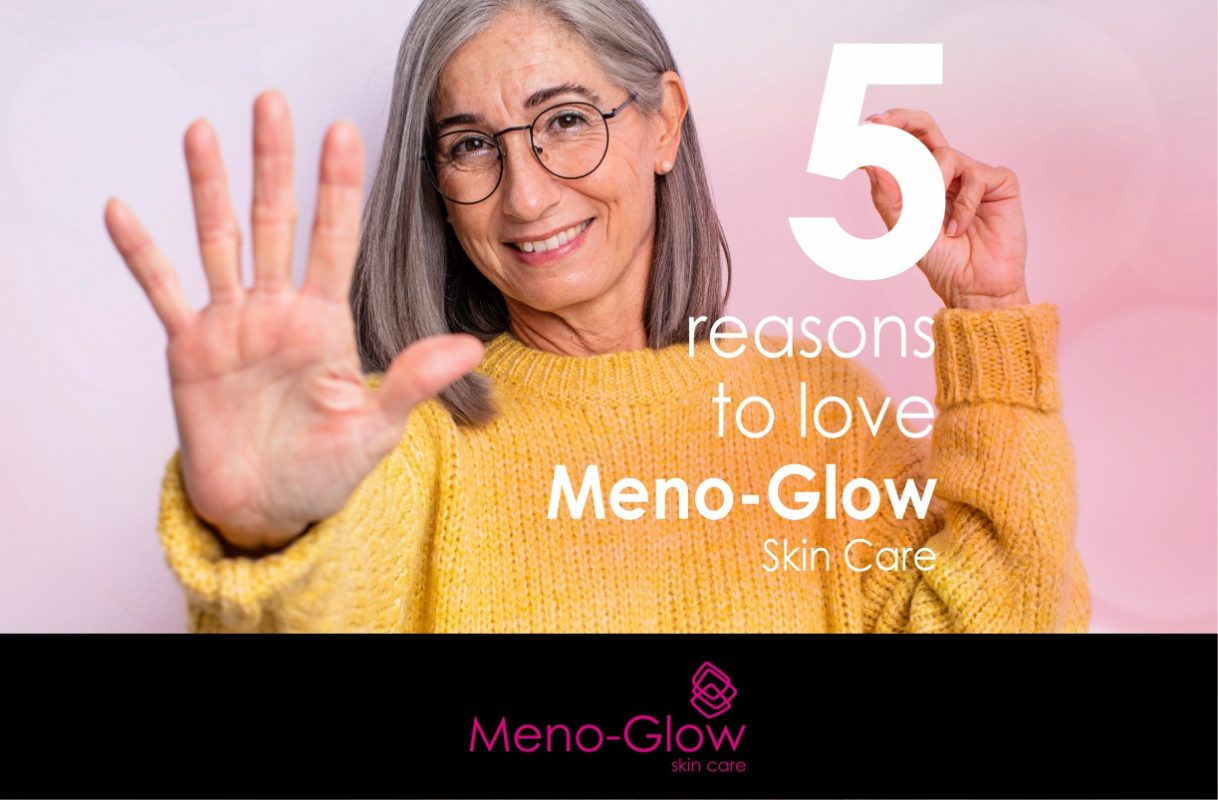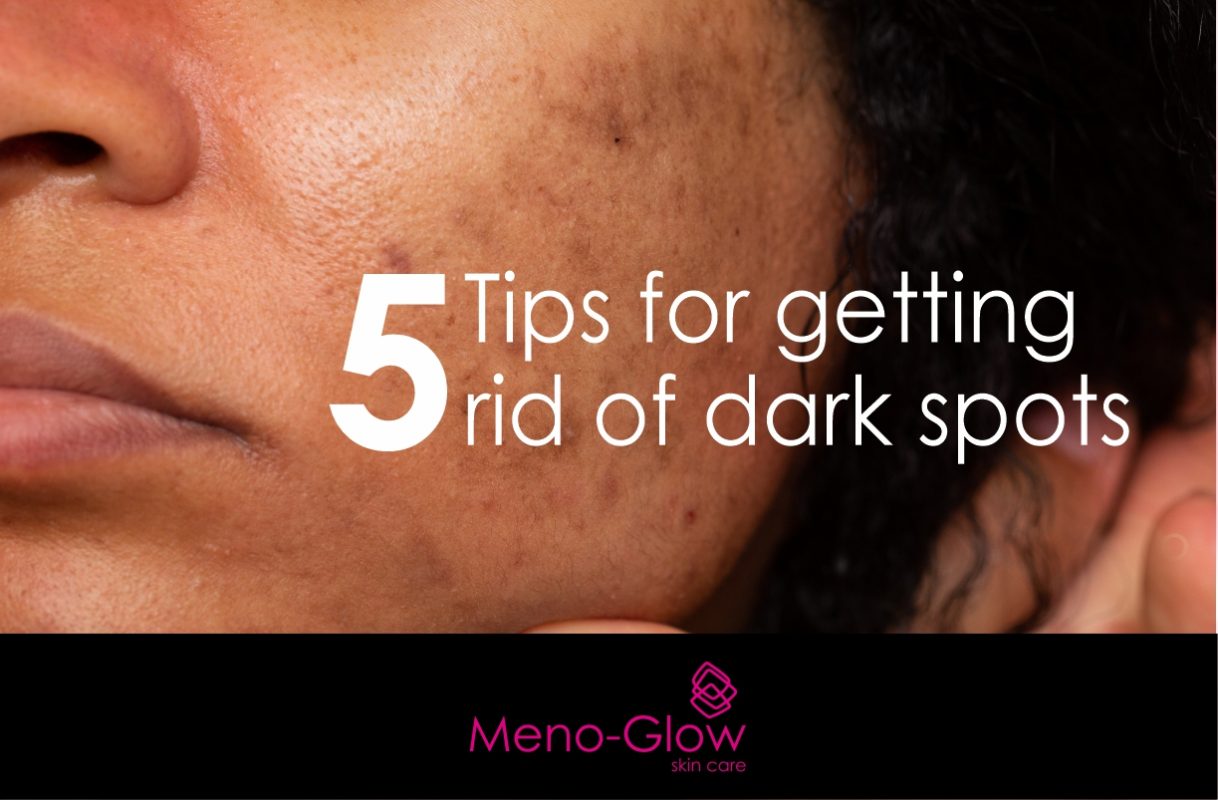One thing we know for certain about the phases of menopause is that the experience varies widely from individual to individual. A woman may have a month of hot flashes and then a year later realize, casually, that she hasn’t had a period in a full 12 months. Another woman may struggle through nearly a decade of depression and sleeplessness before she hits the milestone, only for her hot flashes to overstay their welcome by another seven years or so.
There are many factors that go into why this is so. Everything from whether you smoke to how much you exercise to your family history to the amount of stress in your daily life can all play a role in how menopause happens for you. But one surprising factor appears to be race and ethnicity. Studies suggest that Black and Latina women may begin perimenopause earlier, experience more intense effects, and have a longer transition period.
What the new research shows
Much of what we know about how we experience menopause comes from the largest ongoing study of women and menopause, the Study of Women’s Health Across the Nation (SWAN), which began in 1996. It’s a multi-site, longitudinal, epidemiologic study focused on the physical, biological, psychological, and social changes during menopause. Women from a variety of socioeconomic and ethnic backgrounds have participated, giving researchers a glimpse into possible differences in how we all experience the transition.
In the US, the median age for reaching menopause (the point at which a person has gone for 12 consecutive months without a period) is 51. The research in SWAN shows that Black women reach menopause at 49, two years earlier than the national median age. Other SWAN data shows Latina women reach menopause two years earlier than the median age as well. It also appears that Black women spend more time in the menopause transition than white women do.
And then there are the differences in hot flashes, one of the most common discomforts of the transition. More Black and Latina women report experiencing vasomotor symptoms (hot flashes and night sweats) than white women do, and Latina women experience more vaginal dryness than other women.
Among the women who report vasomotor symptoms, white women experience hot flashes for around 6.5 years, while for Latinas it’s 8.9 years, and for Black women it’s 10 years. Research from the University of Washington shows that Native American women may experience the worst perimenopausal hot flashes of all.
What causes racial differences in the menopausal experience?
Dr. Nanette Santoro, professor and E. Stewart Taylor Chair of Obstetrics and Gynecology at the University of Colorado School of Medicine, has contributed to the research in SWAN. When asked why women of color experience menopause differently, she says, “My educated guess is that a lot of the differences have their basis in lifestyle, SES (socioeconomic status), and other stressors such as systemic racism and their long-term consequences.”
But it’s complicated. Dr. Santoro says that using SWAN, she tried to identify how much perceived discrimination was linked with conditions such as hypertension and other cardiovascular issues. When she and her team asked participants about how they felt they were treated by others, it was white women who reported the most discrimination (in the form of sexism). “The Black women reported less overall perceived discrimination, which we interpreted as the fact that it is just so common that they become inured to it, which then makes it impossible to assess the effect of systemic racism on allostatic load. And the Latinas often lived in communities that were only Spanish-speaking, so in their daily lives they did not perceive much discrimination because they did not interact with people who were likely to discriminate against them.”
This allostatic load Dr. Santoro mentions refers to the “wear and tear” on the body that comes from the accumulation of chronic stress. As researchers and doctors have been learning, stress isn’t all in your head. It writes itself on your body, damaging your cardiovascular health, disrupting your digestion, and sparking inflammation. And this can lead to greater risk for diseases and lowered resilience in the face of illness. Because it’s accumulative, allostatic load increases for everyone arriving at midlife. However, a 2018 study found higher allostatic load for Black women compared with white women of the same age.
Another way to put this is “weathering,” a hypothesis Dr. Arline Geronimus, professor in the department of health behavior and health education at the University of Michigan School of Public Health, developed through her studies of racial disparities in health. Her team found that Black women at all socioeconomic levels had the highest allostatic load scores compared with other people of the same age. “The weathering effects of living in a race-conscious society may be the greatest among those Black women most likely to engage in high-effort coping.” Systemic racism is literally bad for our health, though it is certainly not the only factor in when women reach menopause, or how long the transition lasts.
Does a higher allostatic load lead to an earlier onset of perimenopause or a longer menopause transition? We know that hormones are highly sensitive to stress, and at least one study suggests that “psychosocial stress was predictive of an even earlier median age of menopause in African Americans” among others. At the very least, enduring a long menopause transition with more severe hot flashes and night sweats certainly doesn’t help a person cope with high stress levels.
Of course, it’s very difficult to separate race and ethnicity from socioeconomic factors. SWAN researchers made a point of working with women from a diverse range of ethnic, cultural, and economic groups: recent Chinese immigrants in Northern California, Japanese women from the Beverly Hills area, Latinas from outside Newark, NJ, Black women from a mix of socioeconomic backgrounds from Pittsburgh, Boston, Michigan, and Chicago, as well as white women from each of these areas. “What this means is that our sincere attempt to be inclusive gave us a very diverse cohort,” Dr. Santoro says, “which is great, but it also has given us many analytic challenges.”
There is a strong correlation between self-identified race and ethnicity and health outcomes, Santoro says. “But all of that begs the question of whether or not these racial/ethnic differences have their basis in genetics or the environment.” In this context, environment means everything but genetics, from lifestyle to socioeconomic level. “For the most part it appears that environment is the bigger player, but of course genetics may also be playing a role. It’s just extremely difficult to tease out, especially for Black women, who are such a mixture of backgrounds.”
Why it matters
A later and shorter menopause transition isn’t just more comfortable; it’s also a marker of aging and health. The timing of menopause is linked with your risk for heart disease, stroke, osteoporosis, bone fracture, and your overall life expectancy. Later and shorter menopause is better for all of these. Estrogen has a lot of protective qualities, so having it in your system longer is generally better for women’s health, though it is unfortunately also linked with greater risk for breast and ovarian cancer.
What does this mean for women of color?
You may be experiencing perimenopause symptoms sooner than you expected to. Now is a good time to find a gynecologist who specializes in menopause who can help you through this transition. For many women, perimenopause is a critical opportunity to make some lifestyle changes to support your health through the latter half of your life. It’s time to start putting yourself first, so you can serve as the elder your community needs.
[divider width=”full”]Written by Adriana Velez | Reviewed by Jessica Rodriguez CNP
SOURCE: https://www.endocrineweb.com/menopause-different-women-color



